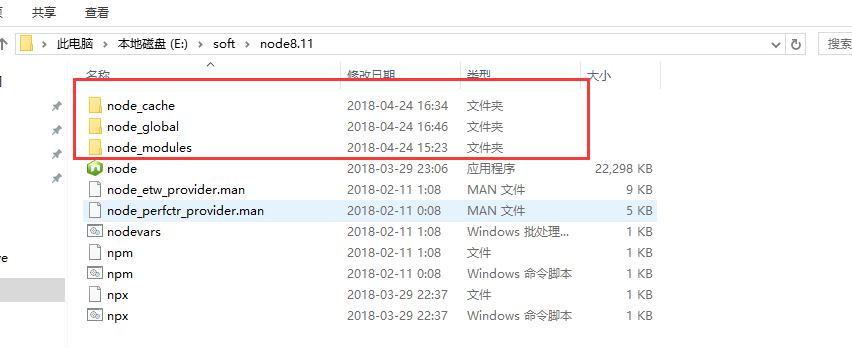
I don’t use reddit much, but thought it would be worth a punt. To cover all my bases I also posted on reddit. Honestly, if you have any Azure DevOps issues or you just need some advice, use this hash tag. I also tried the Azure DevOps Bat signal #LoECDA on twitter, which brought a swift reply from DevOps royalty Donovan Brown! 🤩. Strangely I couldn’t really find anything. I did some internet searches to try and find in black and white, both the consequences of deleting this cache and also examples on how to manage it. Also I haven’t seen many people automating the DevOps agent install via DSC (If you have, please let me know). Yes, you could install and configure software using tools like Azure DSC, but that will still take time.

You will have to deploy and configure another build agent. If you cause an issue with npm on the server, you can’t just deploy another scale set instance in 5 mins. I know what you’re thinking, just delete the folder right? Remember in this scenario it’s a permanent build agent. If you don’t keep on top of this folder, it will just keep growing, the largest I had seen was 70GB 😬.

These are normally stored in your user profile, but if you use npm in your build pipeline, the cache folder is created in the networkService profile.Ĭ:\Windows\ServiceProfiles\NetworkService\AppData\Roaming\npm-cache It caches the packages it uses on your local machine. However, if you use npm in your builds, you could have another culprit gobbling up your disk space. PSA: I found that the out of box task to clean the build directories, does not work if you use YAML pipelines The problem with this is the disk space on your agent can quickly be consumed by the jobs the multiple agents run.Īdding a PowerShell task to clean up the files once the job has finished (A glorified get-childitem -recurse | remove-item -force) combined with setting your job retention to only 1/2 days, is normally enough to keep your disk space usage in check. Sometimes you have jobs that are short running and don’t require much compute resources, so it makes more sense to have multiple agents on one server. My preference is to use an Azure scale set with a custom image but, this doesn’t meet every scenario.

Private build agents have many advantages over the hosted agents Microsoft provide, however they also require managing.


 0 kommentar(er)
0 kommentar(er)
